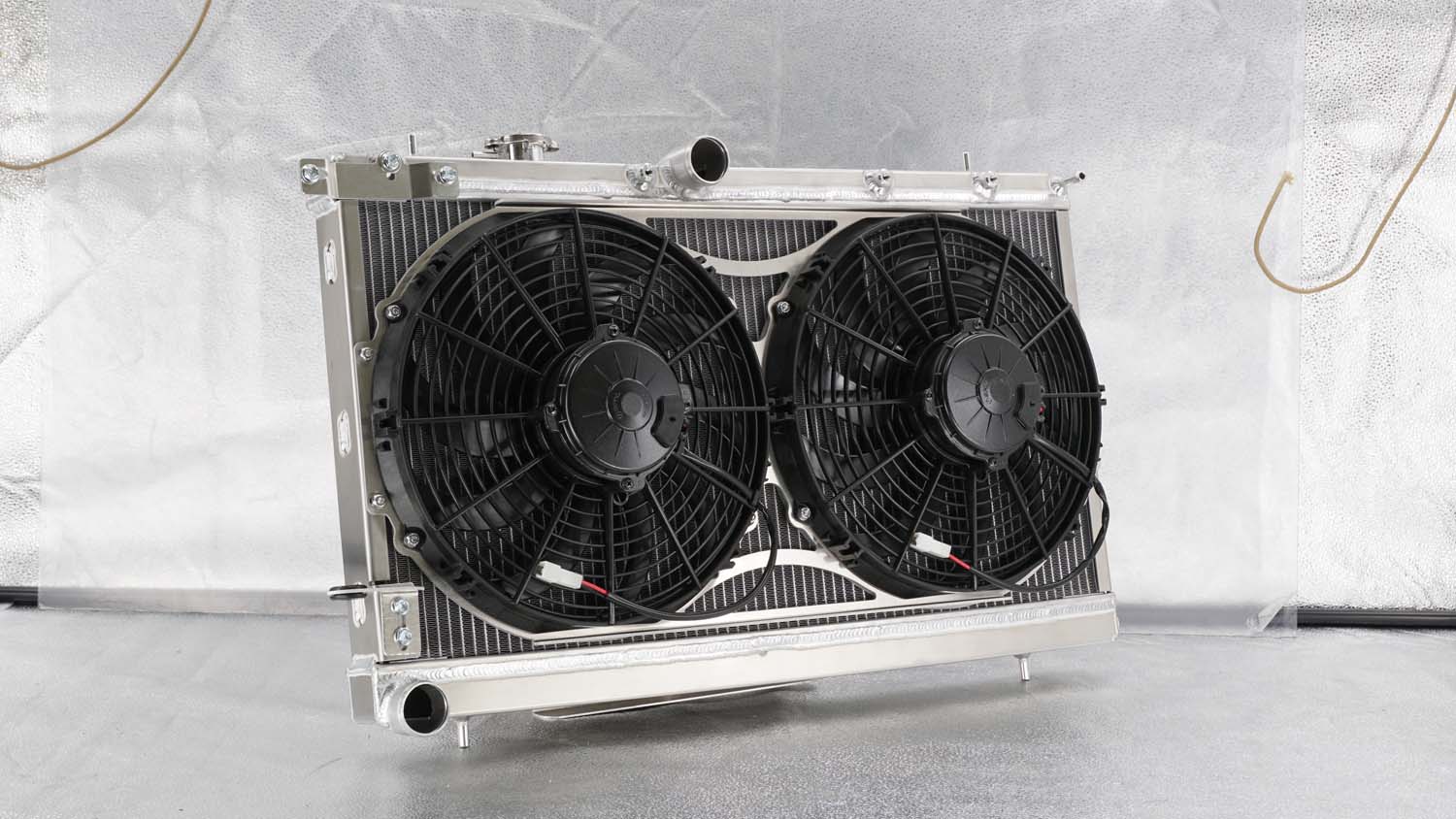

Articles
What Does The Radiator Fan Do
Modified: January 19, 2024
Discover the importance of radiator fans and their role in maintaining optimal engine temperature. Read our informative articles to learn more.
(Many of the links in this article redirect to a specific reviewed product. Your purchase of these products through affiliate links helps to generate commission for Storables.com, at no extra cost. Learn more)
Introduction
The radiator fan is an essential component of a vehicle’s cooling system. Its primary function is to regulate the temperature of the engine by helping to dissipate heat generated during the combustion process. Without a properly functioning radiator fan, the engine can overheat and cause serious damage.
In this article, we will explore the role of the radiator fan in more detail, understanding its function, the different types available, and its significance in maintaining the optimal temperature of the engine. We will also cover some common problems that can arise with radiator fans and provide troubleshooting tips to help you diagnose and resolve any issues.
So, let’s dive in and discover what the radiator fan does and why it is crucial for your vehicle’s performance and longevity.
Key Takeaways:
- The radiator fan is crucial for preventing engine overheating and optimizing performance by dissipating heat. Understanding its function and troubleshooting common issues is essential for maintaining a vehicle’s cooling system.
- Electric and mechanical radiator fans each offer unique advantages, with electric fans providing efficiency and control, while mechanical fans offer simplicity and reliability. Choosing the right type based on vehicle needs is crucial for optimal cooling.
Read more: When Does Radiator Fan Turn On
Overview of Radiator Fan
The radiator fan is a crucial component of a vehicle’s cooling system. It is typically located behind the radiator and is responsible for increasing airflow over the radiator to help dissipate heat. When the engine is running, it generates a significant amount of heat, and it is the radiator fan’s job to keep the engine at an optimal operating temperature.
The radiator fan works in conjunction with the radiator, coolant, and thermostat to ensure that the engine stays cool enough to prevent overheating. It is designed to kick in when the engine reaches a certain temperature, usually around 200 degrees Fahrenheit, to maintain a consistent and safe operating temperature.
Radiator fans come in two main types: electric and mechanical. Electric fans are the most common type found in modern vehicles, while mechanical fans were more prevalent in older models. Electric fans are driven by an electric motor and are controlled by the vehicle’s engine control unit (ECU). They can be more efficient and offer greater control over cooling compared to mechanical fans.
In terms of design, radiator fans can be either puller or pusher style. Puller fans are mounted behind the radiator, pulling air through the radiator core. Pusher fans, on the other hand, are mounted in front of the radiator, pushing air through the core. Both styles serve the same purpose of cooling the engine, but the mounting position can vary depending on the vehicle’s design.
Overall, the radiator fan is a critical component that helps regulate the temperature of the engine and prevent overheating. Understanding its function and the different types available is essential for diagnosing and resolving any cooling system issues that may arise.
Function of the Radiator Fan
The primary function of the radiator fan is to assist in maintaining the optimal operating temperature of the engine. As the engine runs, it generates heat through the combustion process, and this heat needs to be dissipated to prevent overheating and potential damage.
When the engine reaches a set temperature, typically around 200 degrees Fahrenheit, the radiator fan is activated to increase airflow over the radiator. This helps to transfer heat from the coolant to the surrounding air, cooling it down before it is recirculated back into the engine.
The radiator fan works in conjunction with the rest of the vehicle’s cooling system components, including the radiator, coolant, water pump, and thermostat. The coolant absorbs heat from the engine and flows through the radiator, where the radiator fan assists in dissipating that heat. The coolant then returns to the engine, cooled down and ready to absorb more heat.
In addition to regulating the engine temperature, the radiator fan also plays a crucial role in other situations, such as high-speed driving or when the vehicle is stationary. During high-speed driving, the increased airflow generated by the vehicle’s motion may be sufficient to cool the engine, making the radiator fan unnecessary. However, in stop-and-go traffic or when the vehicle is stationary, the radiator fan becomes essential for maintaining proper engine temperature.
Overall, the function of the radiator fan is to enhance the cooling system’s effectiveness by increasing airflow over the radiator. By doing so, it helps to dissipate heat generated by the engine and prevents overheating, ensuring optimal engine performance and longevity.
Types of Radiator Fans
There are two main types of radiator fans: electric fans and mechanical fans. Each type has its own characteristics and advantages, offering different levels of efficiency and control over cooling.
1. Electric Fans: Electric fans are the most commonly used type of radiator fan in modern vehicles. They are driven by an electric motor and are controlled by the vehicle’s engine control unit (ECU). Electric fans offer several benefits, including:
- Efficiency: Electric fans are more efficient than mechanical fans because they can be controlled based on the engine’s temperature. This means they only operate when needed, reducing strain on the engine and saving energy.
- Multiple Speed Options: Electric fans can be designed with multiple speed options, allowing them to operate at different speeds depending on the cooling requirements. This versatility enhances their cooling capabilities.
- Compact Size: Electric fans are generally more compact than mechanical fans, making them easier to fit into tight engine compartments without obstructing other components.
2. Mechanical Fans: Mechanical fans were more commonly used in older vehicle models before the widespread adoption of electric fans. They are driven by the engine’s mechanical power through a fan clutch. Despite being less commonly used nowadays, they still have a few advantages:
- Simplicity: Mechanical fans have a simple design and do not require electrical components, making them less prone to electrical issues.
- Reliability: Mechanical fans are known for their durability and reliability. They can withstand high temperatures and harsh conditions.
- No Electrical Power Consumption: Mechanical fans do not draw electrical power from the engine, which can be beneficial in certain situations where conserving electrical power is crucial.
It’s worth noting that within the electric fan category, there are further variations in terms of mounting position. Electric fans can be either puller or pusher style. Puller fans are mounted behind the radiator, pulling air through the radiator core. Pusher fans, on the other hand, are mounted in front of the radiator, pushing air through the core. The choice between puller and pusher fans depends on the vehicle’s design and cooling requirements.
When selecting a radiator fan, it is important to consider the specific needs of your vehicle and the cooling capabilities required. The choice between electric or mechanical fans depends on factors such as the vehicle model, engine size, cooling requirements, and personal preferences.
The radiator fan helps to cool the engine by drawing air through the radiator when the car is stationary or moving at low speeds. If the fan is not working, it can lead to overheating, so it’s important to have it checked regularly.
Importance of the Radiator Fan
The radiator fan plays a crucial role in maintaining the optimal temperature of the engine, and its importance cannot be overstated. Here are some key reasons why the radiator fan is essential for the proper functioning of a vehicle:
- Preventing Engine Overheating: The primary purpose of the radiator fan is to prevent the engine from overheating. When the engine runs, it generates a significant amount of heat, and if this heat is not effectively dissipated, it can lead to overheating. The radiator fan helps to increase airflow over the radiator, enhancing the cooling process and keeping the engine temperature within safe limits.
- Optimizing Engine Performance: An overheating engine can cause a decrease in performance and efficiency. When the engine becomes too hot, it can lead to issues such as loss of power, increased fuel consumption, and even engine damage. By maintaining the optimal operating temperature, the radiator fan ensures that the engine can operate at its best, delivering optimal performance and fuel efficiency.
- Preventing Engine Damage: Overheating can cause severe damage to the engine components. The increased temperature can lead to warping of the cylinder head, blown head gaskets, and even engine seizure. The radiator fan plays a critical role in preventing these costly and potentially catastrophic damages by regulating the engine temperature and keeping it within a safe range.
- Enhancing Cooling System Efficiency: The radiator fan works in conjunction with other components of the cooling system, such as the radiator, coolant, and thermostat, to ensure efficient heat dissipation. By increasing airflow over the radiator, the radiator fan helps to maximize the cooling system’s effectiveness, allowing for better heat transfer and maintaining the engine temperature at an optimal level.
- Preventing Cooling System Malfunctions: In addition to preventing engine overheating, the radiator fan also helps to prevent malfunctions in the cooling system. By effectively dissipating heat, the workload on other cooling system components, such as the water pump and thermostat, is reduced. This helps to prolong the lifespan of these components and minimize the risk of cooling system failures.
Overall, the radiator fan is of utmost importance for the proper functioning and longevity of a vehicle. It plays a vital role in preventing engine overheating, optimizing engine performance, preventing engine damage, enhancing cooling system efficiency, and preventing cooling system malfunctions. Regular maintenance and ensuring the radiator fan is in good working condition are essential to keep the engine cool and running smoothly.
Common Problems with Radiator Fans
While radiator fans are crucial for the proper functioning of the cooling system, they can encounter various issues over time. Understanding these common problems can help you identify and address them promptly. Here are some of the most frequent problems associated with radiator fans:
- Failed Motor: One of the most common issues with electric radiator fans is a failed motor. The electric motor that drives the fan can wear out over time, resulting in the fan not spinning or operating at reduced speed. This can lead to inadequate cooling and potential engine overheating.
- Electrical Issues: Radiator fans rely on electrical connections to power the motor and activate the fan. Electrical problems, such as faulty wiring, blown fuses, or malfunctioning relays, can prevent the radiator fan from functioning properly. The fan may not start or may operate intermittently, leading to insufficient cooling.
- Fan Blade Damage: The fan blades can become damaged due to debris, impact, or wear and tear. Bent, cracked, or broken blades can cause imbalance and reduce the performance of the radiator fan. In severe cases, damaged blades may need to be replaced to ensure proper cooling.
- Obstructed Airflow: Another common issue is obstructions that impede the airflow through the radiator. Accumulated debris, such as dirt, leaves, or insects, can restrict the airflow and impede the radiator fan’s effectiveness. Regular maintenance, including cleaning the radiator and fan, can help prevent this problem.
- Thermostat Malfunction: The thermostat is responsible for activating the radiator fan at the appropriate temperature. If the thermostat is faulty or stuck, it may not signal the fan to turn on when needed. This can lead to inadequate cooling and potential overheating. Checking and replacing a malfunctioning thermostat is crucial for proper radiator fan operation.
It is important to note that the specific problems with radiator fans can vary depending on the type and model of the vehicle. It is recommended to consult the vehicle’s manual or seek professional assistance if you encounter any radiator fan-related issues.
Regular inspection and maintenance of the radiator fan can help prevent these problems and ensure optimal cooling system performance. Keeping the radiator fan clean, checking electrical connections, and promptly addressing any issues can help maintain the cooling system’s efficiency and prevent engine overheating.
How to Troubleshoot Radiator Fan Issues
When experiencing radiator fan issues, it’s important to systematically troubleshoot the problem to identify the underlying cause. Here are some steps you can take to diagnose and resolve radiator fan issues:
- Check the Fan Fuse: Start by checking the fuse responsible for powering the radiator fan. A blown fuse can prevent the fan from operating. Refer to the vehicle’s manual to locate the fuse box and identify the fan fuse. If the fuse is blown, replace it with a new one of the same rating.
- Inspect the Electrical Connections: Inspect the wiring and connectors that supply power to the radiator fan. Look for any loose or damaged connections. Tighten loose connections or repair damaged wiring. Corroded terminals can also impede the flow of electricity, so clean them if necessary.
- Test the Fan Motor: If the fuse and electrical connections are in good condition, the next step is to test the fan motor. You can do this by connecting the fan directly to the vehicle’s battery. Use jumper wires to connect the positive and negative terminals of the fan motor to the battery terminals. If the fan doesn’t start running, it may indicate a faulty motor that needs to be replaced.
- Check the Temperature Sensor or Thermostat: The temperature sensor or thermostat plays a crucial role in activating the radiator fan at the correct temperature. If the fan is not turning on, the sensor or thermostat could be malfunctioning. Test the sensor using an ohmmeter or consult a professional to diagnose and replace the faulty component if necessary.
- Inspect the Fan Blades: Examine the fan blades for any signs of damage, such as cracks or bent blades. Damaged blades can hinder proper fan operation and airflow. If any issues are detected, replace the damaged fan blades to restore optimal cooling performance.
- Clear Any Obstructions: Inspect the radiator and fan area for debris, dirt, or obstructions that may be hindering airflow. Clean out any accumulated debris using compressed air or a soft brush. Removing obstructions will help improve the efficiency of the radiator fan.
If you’re unable to resolve the issue after troubleshooting or if the problem persists, it is recommended to consult a professional mechanic or technician. They will have the expertise and specialized equipment to diagnose and repair more complex radiator fan issues.
Remember, proper maintenance and regular inspections of the cooling system, including the radiator fan, can help prevent problems and ensure optimal engine cooling. Regularly cleaning the radiator, checking electrical connections, and addressing any issues promptly will help keep your radiator fan functioning at its best.
Conclusion
The radiator fan serves a crucial role in maintaining the optimal temperature of a vehicle’s engine. By increasing airflow over the radiator, the radiator fan helps to dissipate heat generated during the combustion process, preventing engine overheating and ensuring optimal performance and longevity.
There are two main types of radiator fans: electric fans and mechanical fans. Electric fans, which are most commonly used in modern vehicles, offer advantages such as efficiency, multiple speed options, and compact size. On the other hand, mechanical fans, although less commonly used today, are known for their simplicity, reliability, and low electrical power consumption.
The radiator fan plays a vital role in preventing engine damage, optimizing engine performance, and enhancing the efficiency of the cooling system. It helps to prevent engine overheating, which can lead to diminished performance, increased fuel consumption, and potentially costly repairs.
However, radiator fans can experience common issues that include failed motors, electrical problems, damaged fan blades, obstructed airflow, and malfunctioning thermostats. Troubleshooting radiator fan issues involves checking the fan fuse, inspecting electrical connections, testing the fan motor, examining the temperature sensor or thermostat, inspecting the fan blades, and clearing any obstructions that may impede airflow.
Regular maintenance, including cleaning the radiator and fan area and ensuring electrical connections are secure, is essential to keep the radiator fan functioning optimally. Consult the vehicle’s manual or seek professional assistance if you encounter persistent radiator fan problems that you are unable to troubleshoot on your own.
In conclusion, understanding the function, types, and importance of the radiator fan is essential for maintaining the proper functioning of the cooling system. By ensuring the radiator fan is in good working condition, you can help prevent engine overheating and promote the overall performance and longevity of your vehicle.
Frequently Asked Questions about What Does The Radiator Fan Do
Was this page helpful?
At Storables.com, we guarantee accurate and reliable information. Our content, validated by Expert Board Contributors, is crafted following stringent Editorial Policies. We're committed to providing you with well-researched, expert-backed insights for all your informational needs.
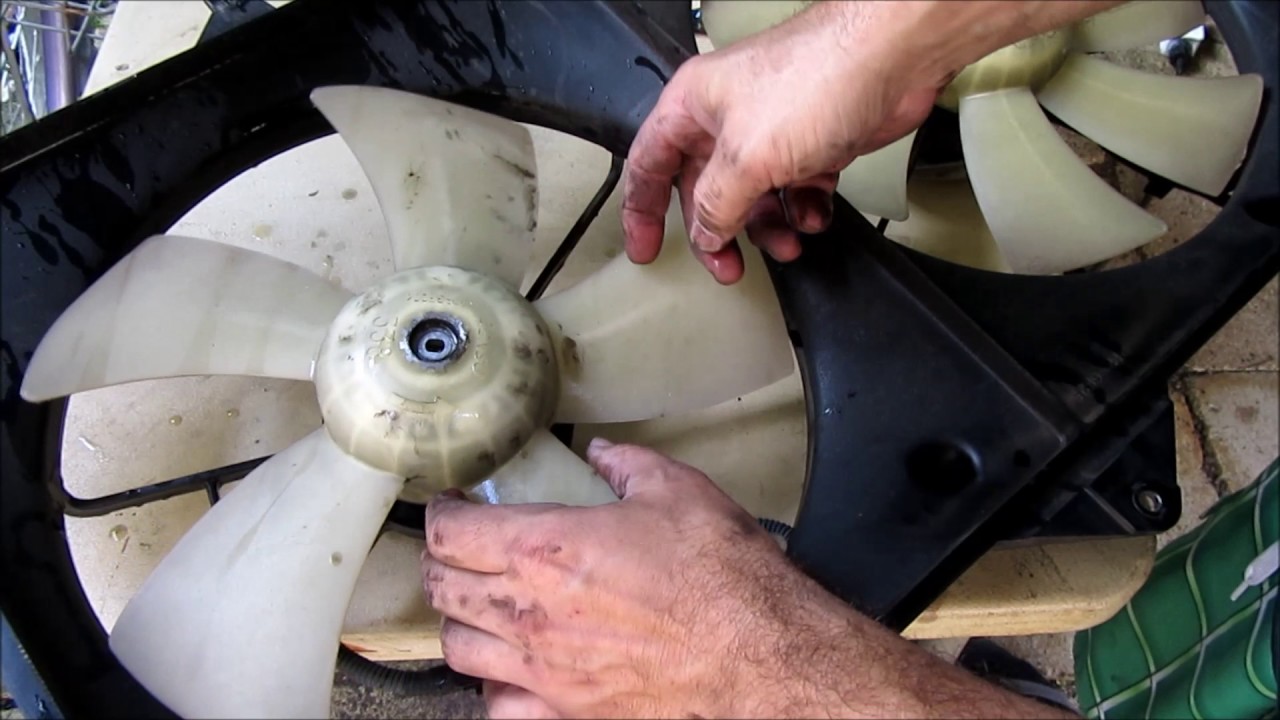
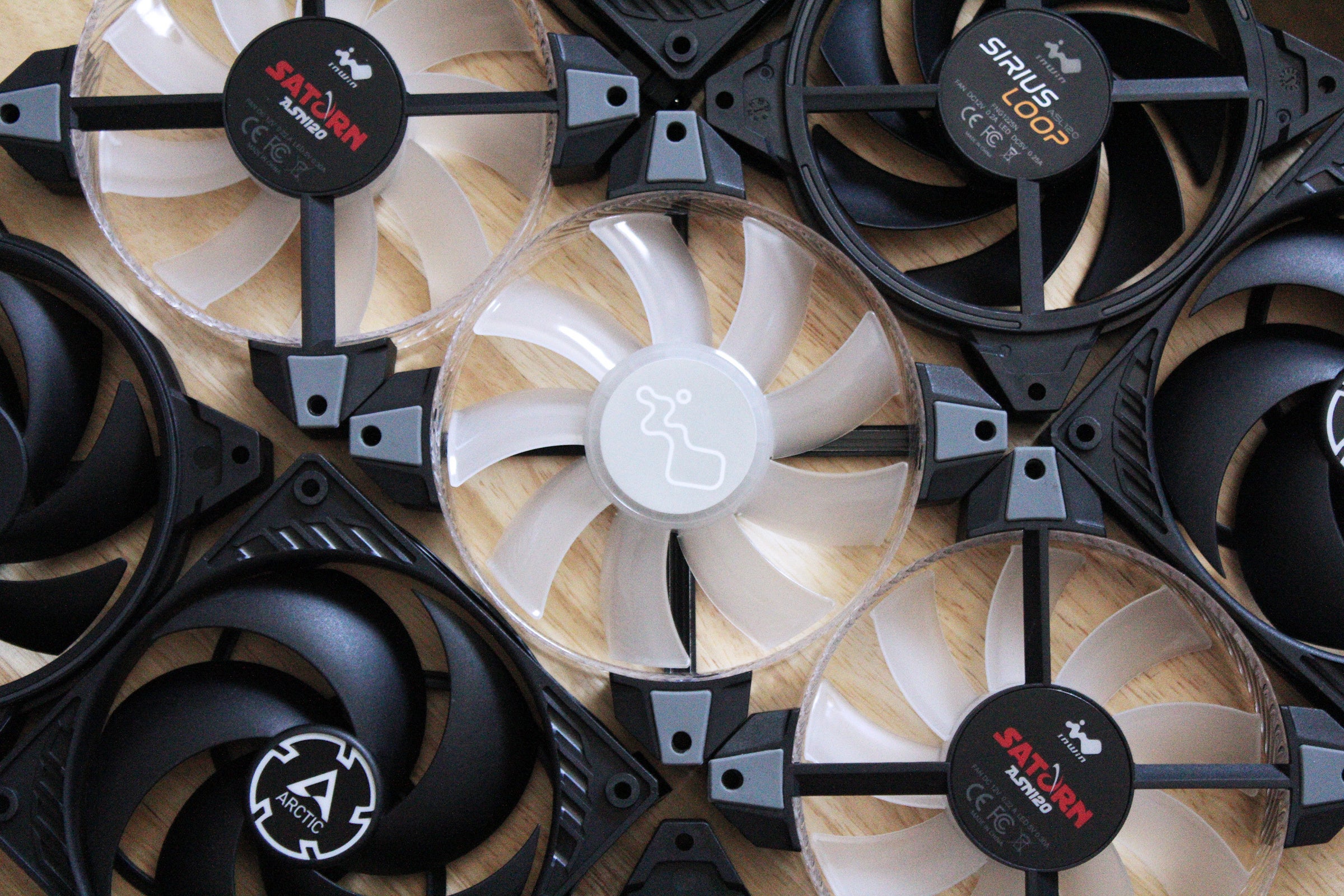
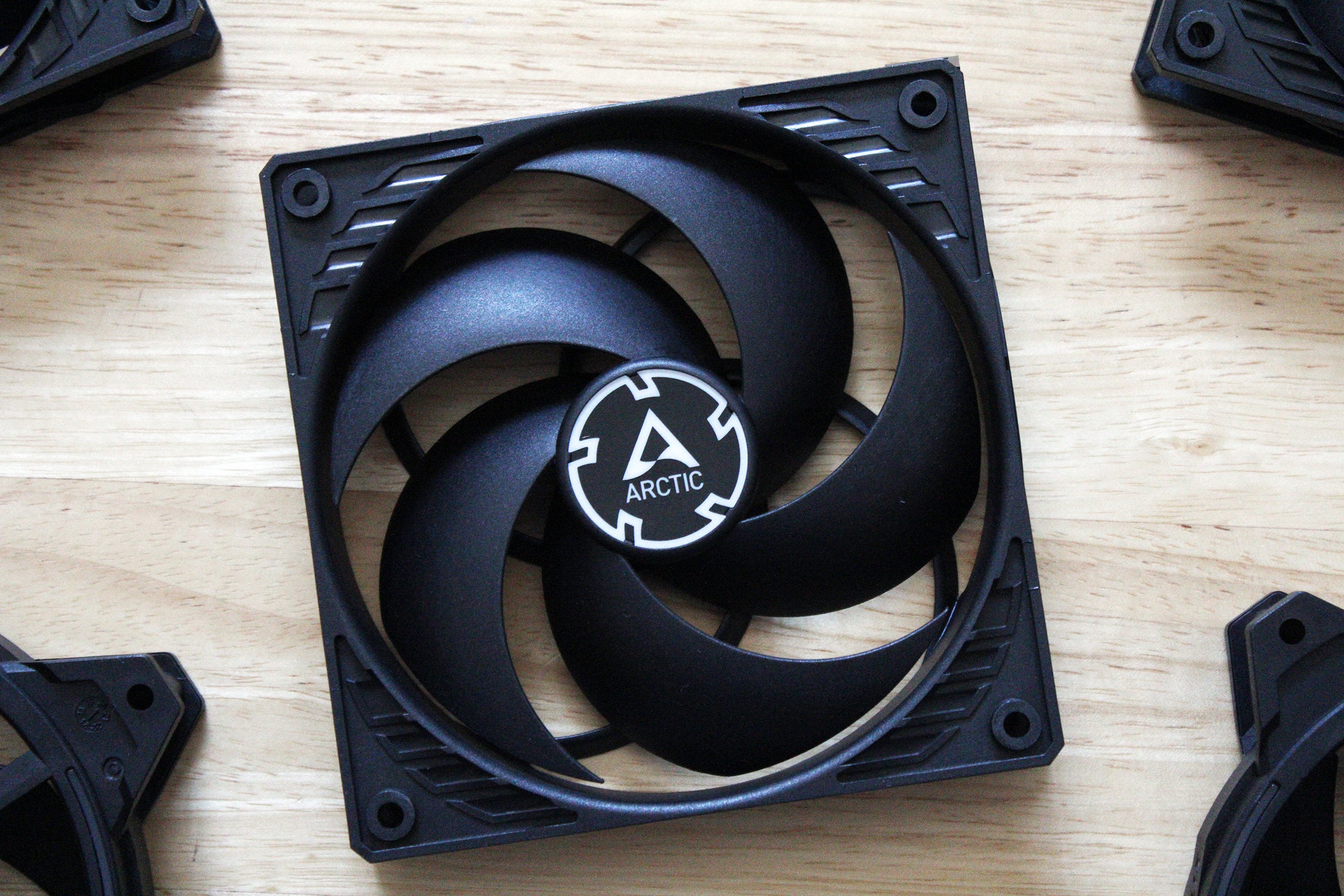
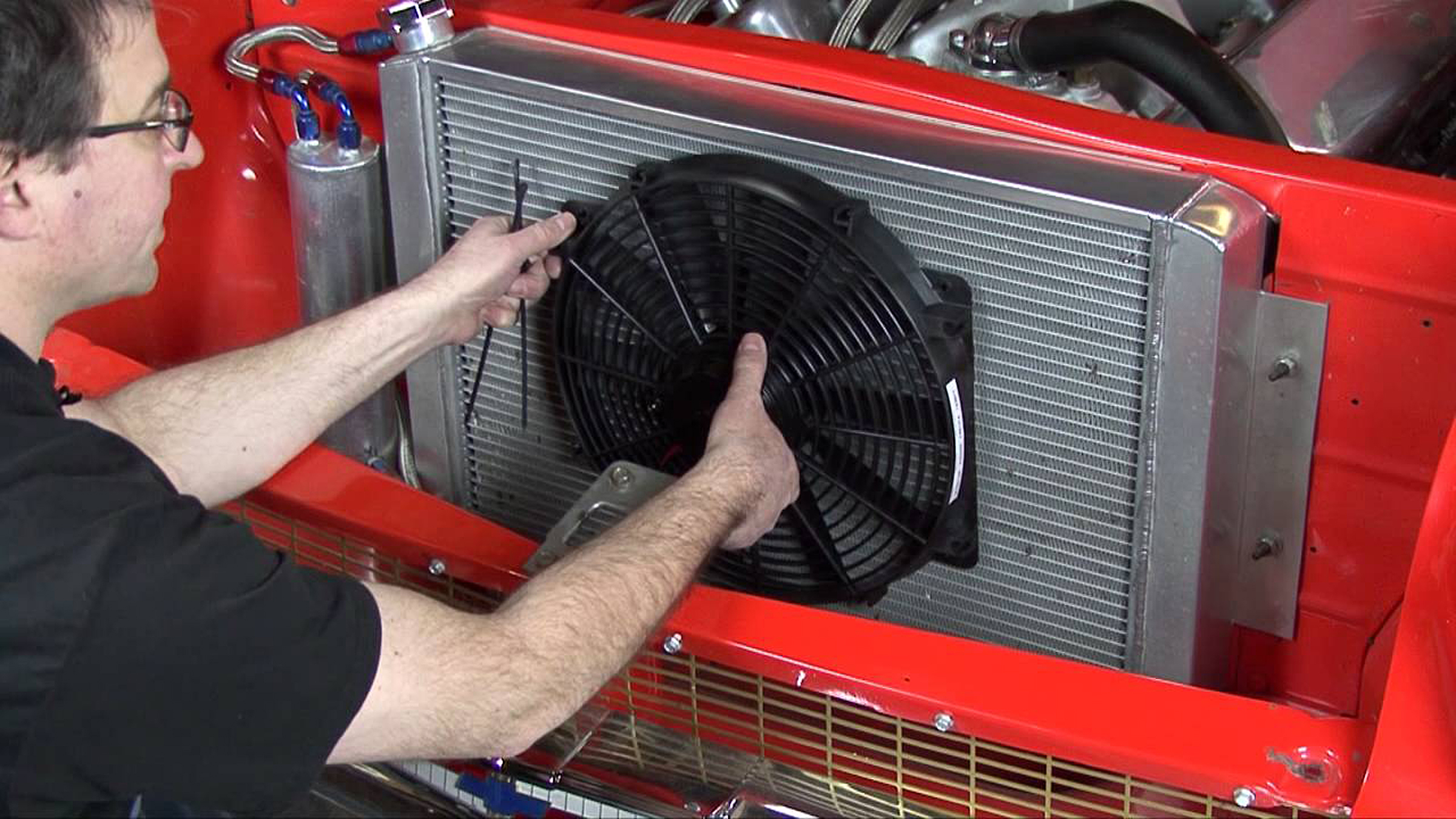
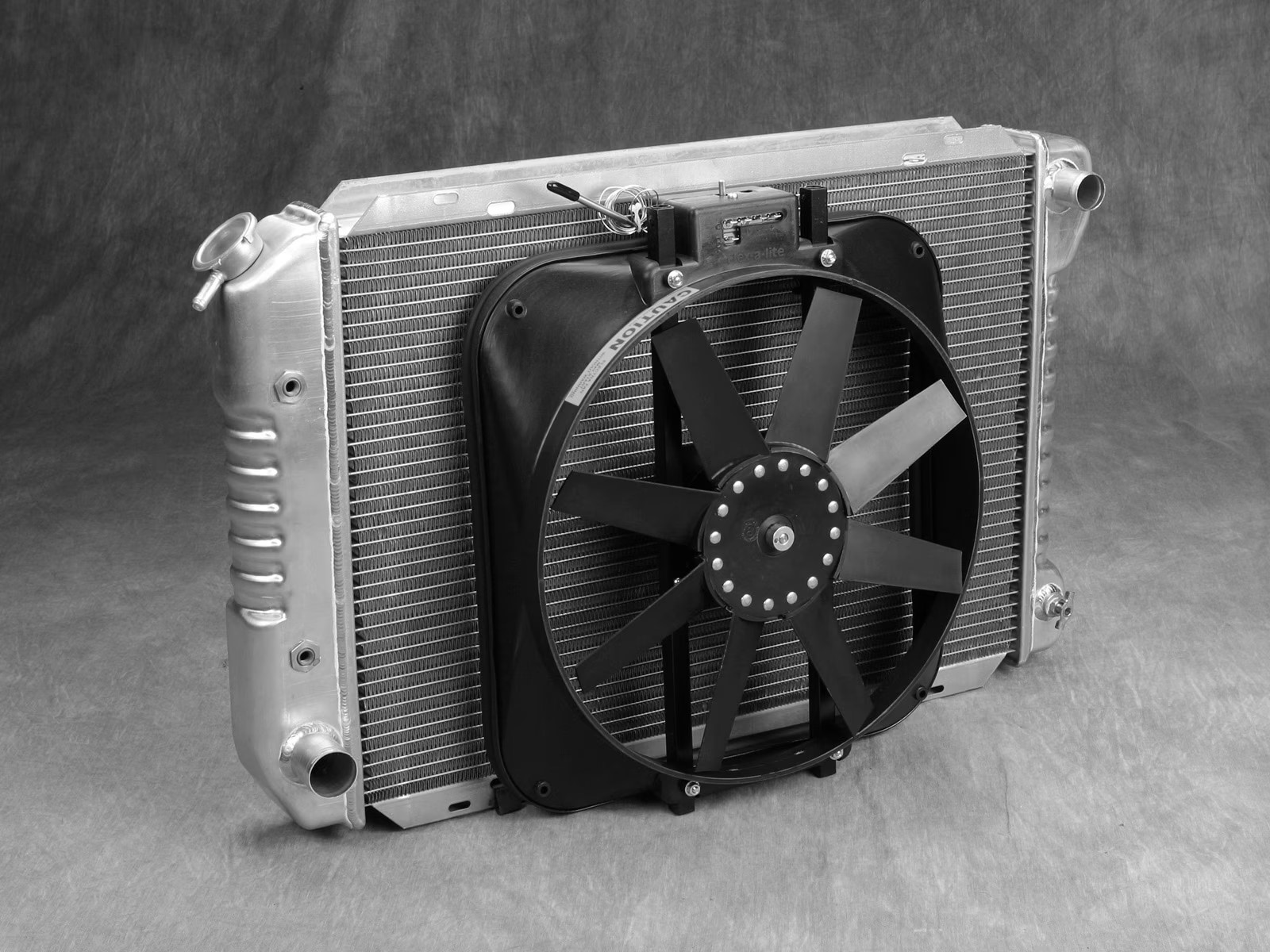
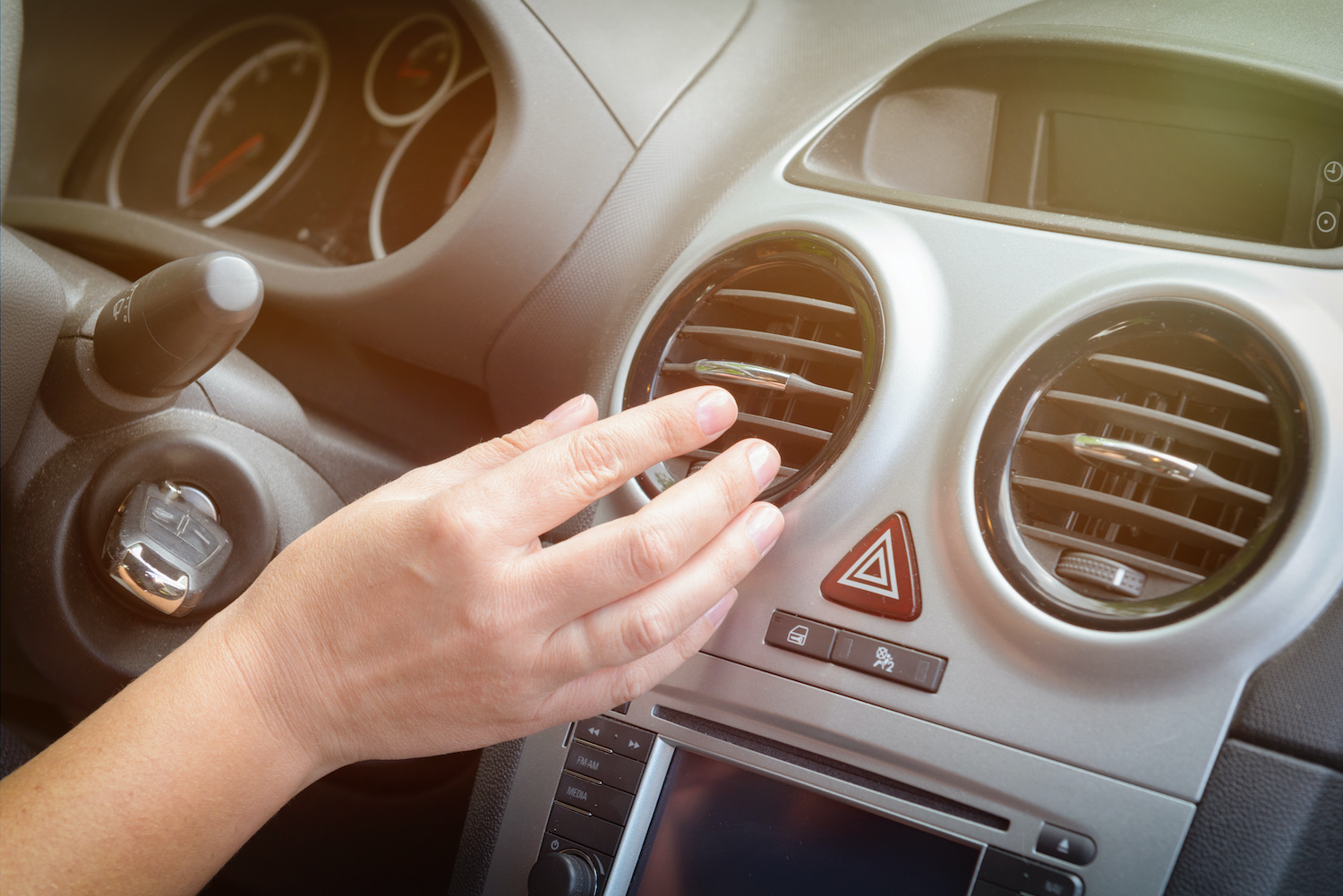
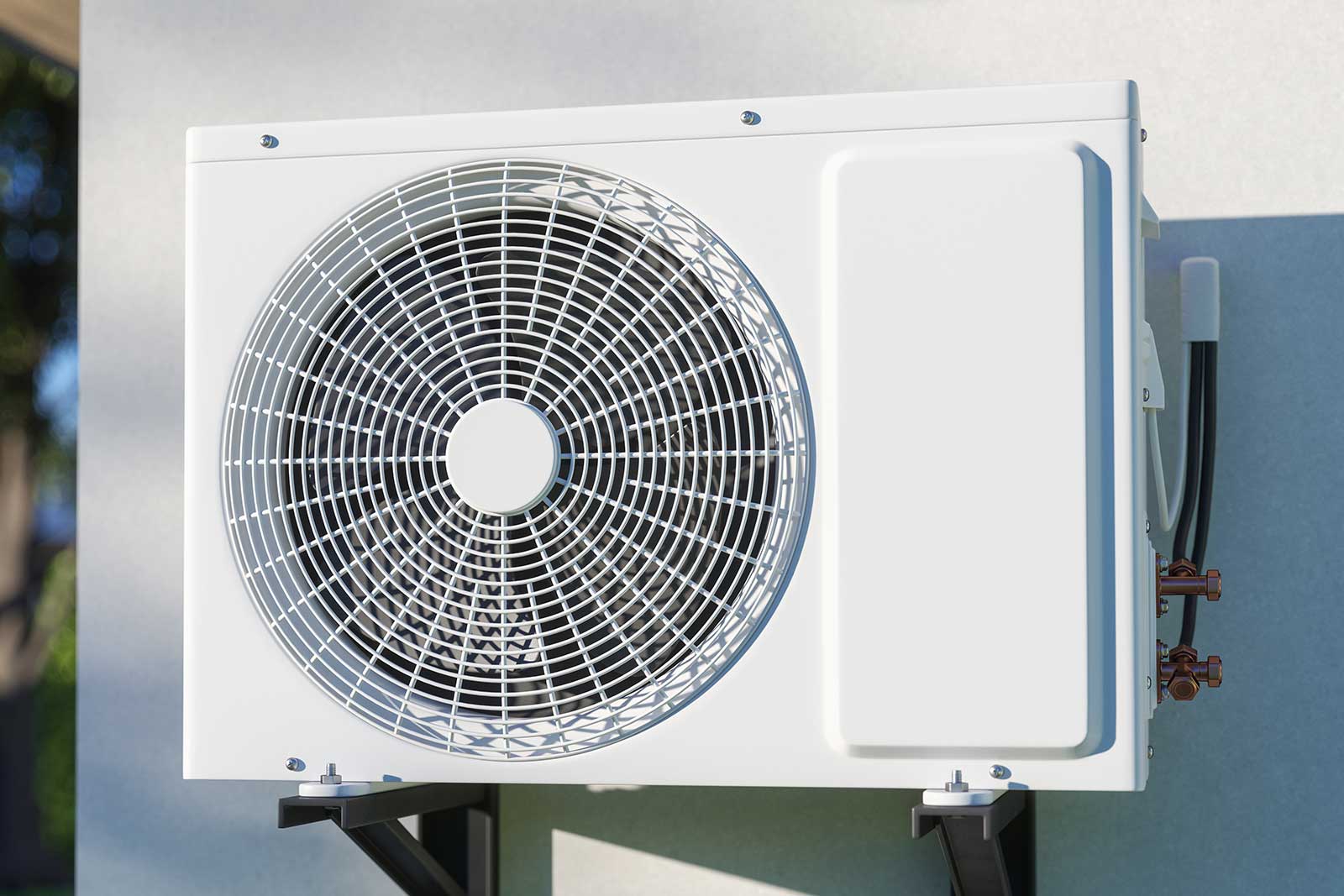


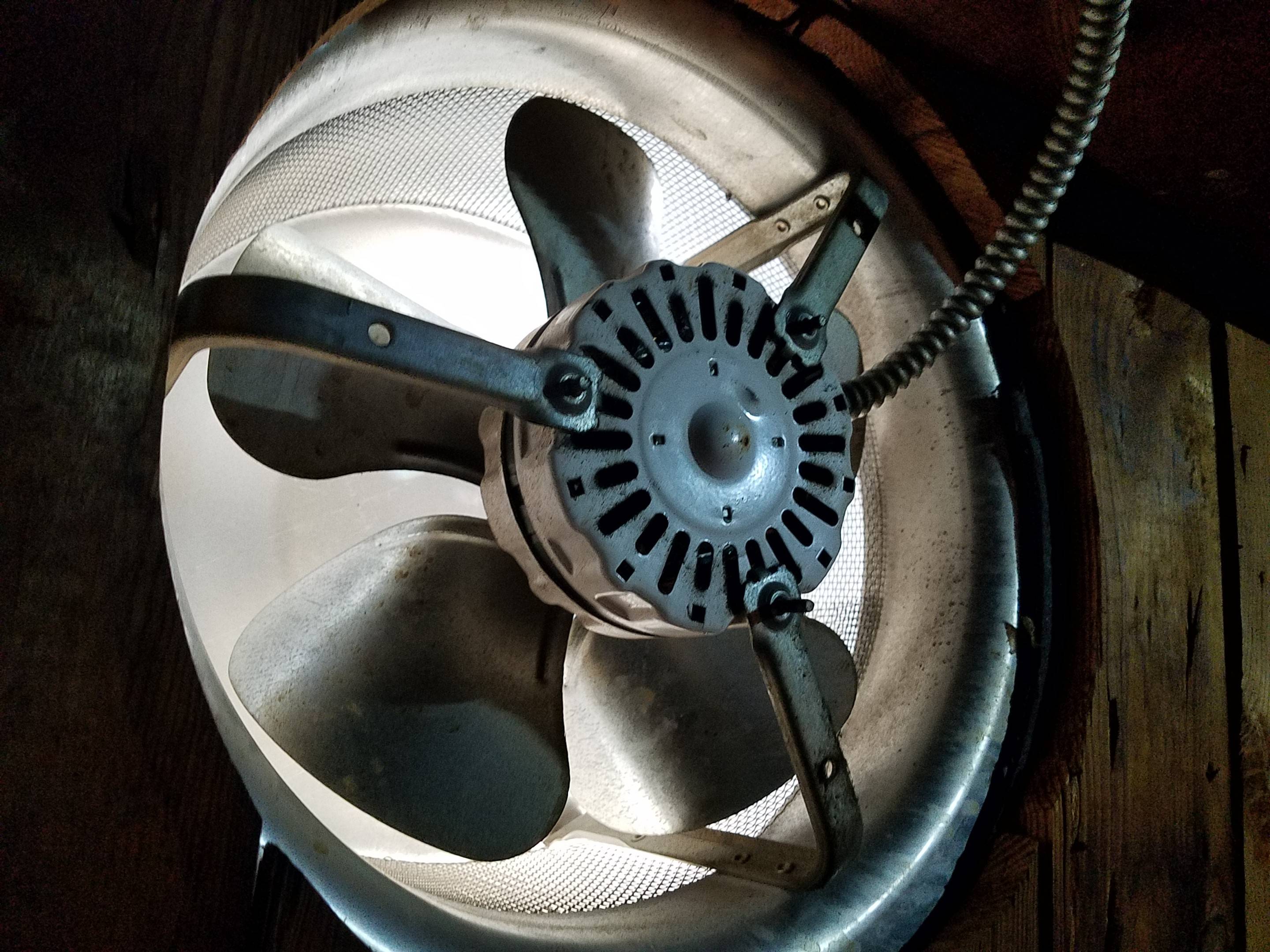
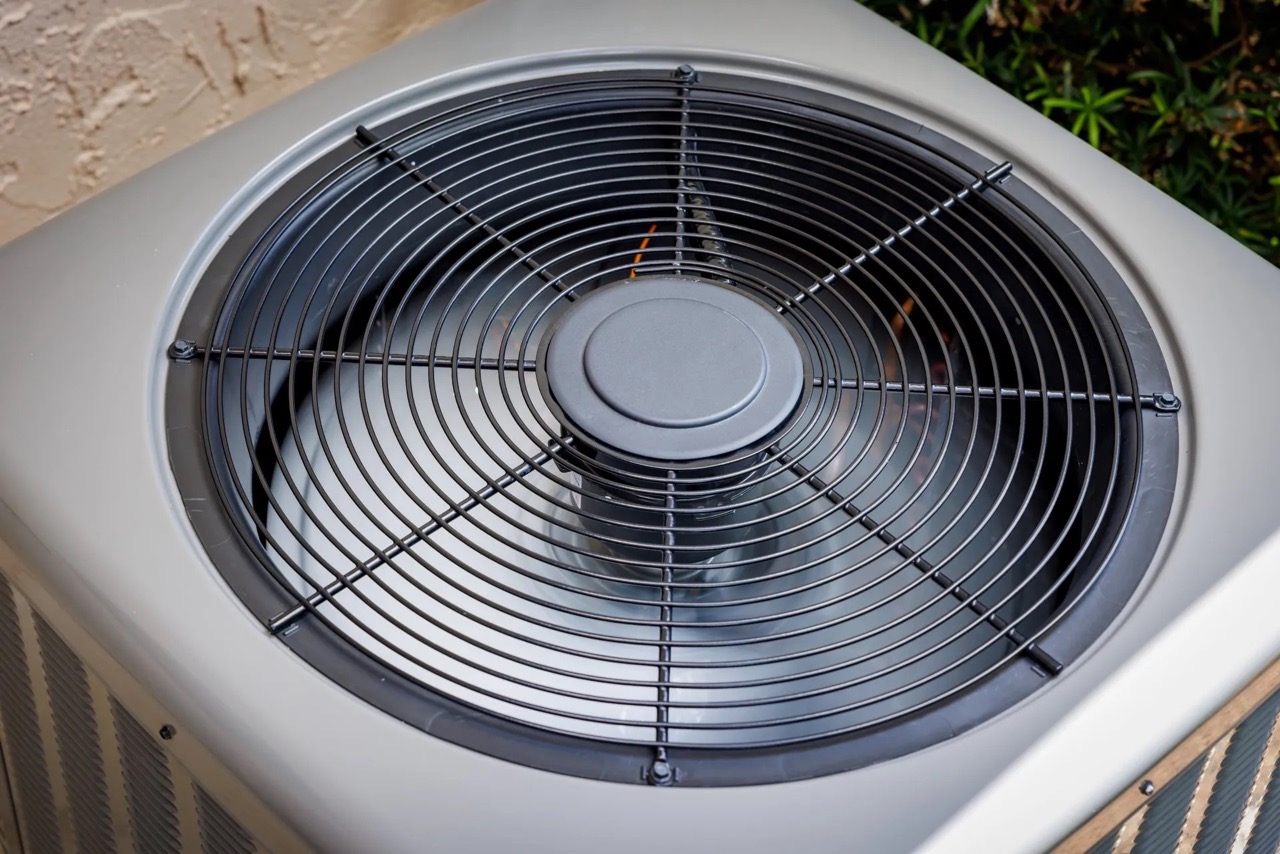
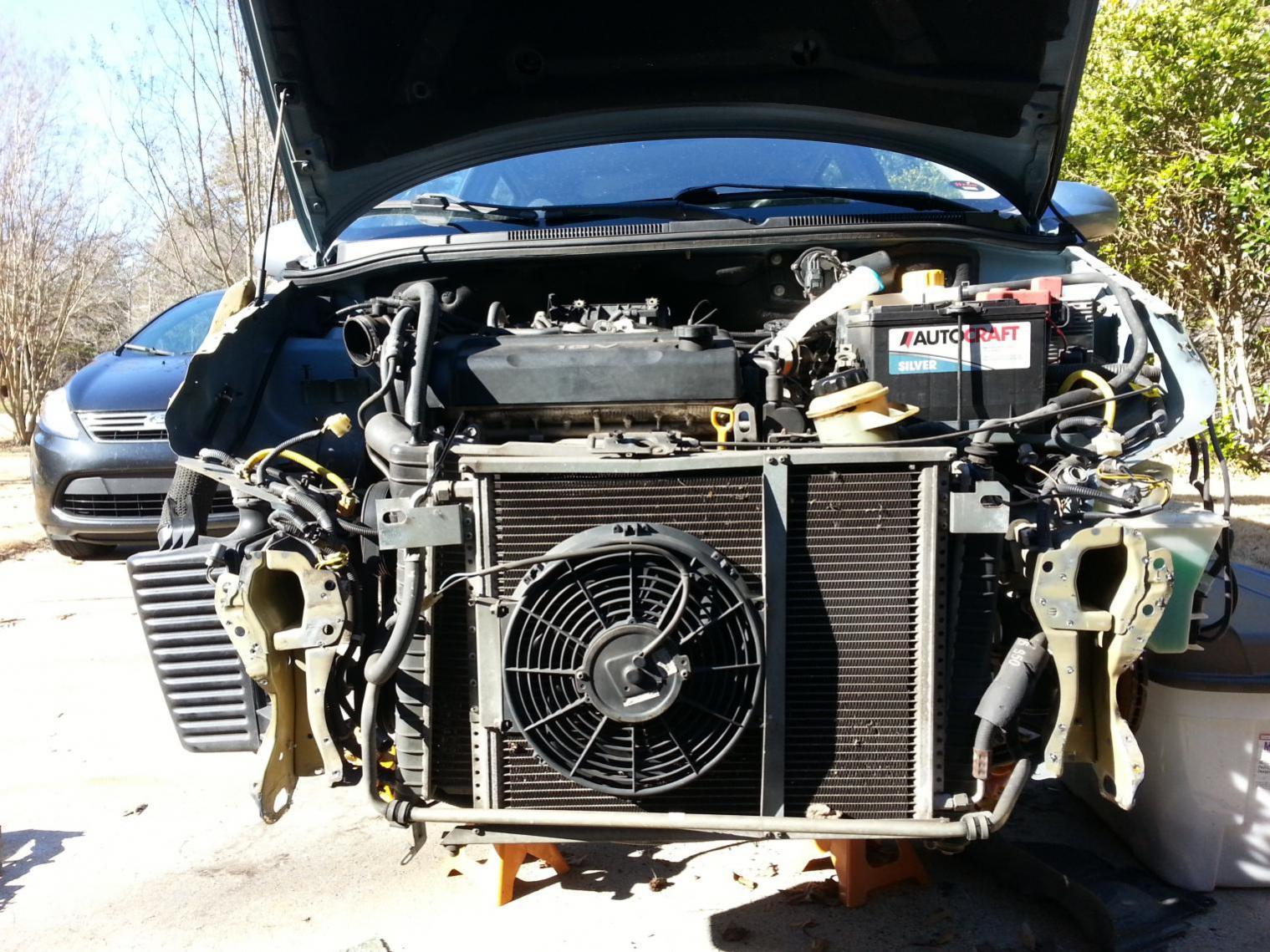



0 thoughts on “What Does The Radiator Fan Do”